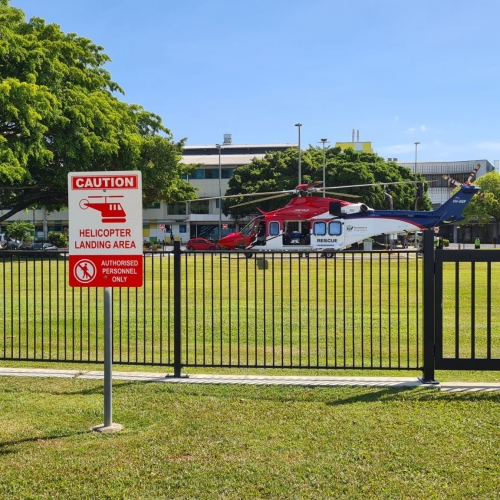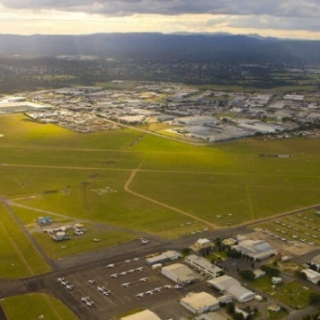
Aviation Projects has been busy reviewing the operation of existing helipads and designing new ones at a number of hospitals in Queensland.
Most existing helipads were designed for smaller helicopters than the AW139 that is now in common use throughout the state, so their physical dimensions are generally smaller than current guidance material recommends.
The requirement for the helicopter operators to achieve certain performance class operations relies on detailed knowledge of the obstacle environment around the helipad, so we need to carry out a survey of obstacles and conduct a detailed analysis to design valid approach and departure paths.
Finally, the larger, heavier and more powerful helicopters produce significantly more rotor wash than the previous types. This rotor wash can extend to a significant distance from the helipad and cause damage to nearby equipment, facilities and most importantly, people.
Following several helicopter rotor wash incidents at hospital helicopter landing sites (HLSs) that resulted in injuries to nearby pedestrians, the Australian Transport Safety Bureau (ATSB) has compiled a research report into ‘Safety risks from rotor wash at hospital helicopter landing sites’, and an associated Safety Advisory Notice.
The report compiles a list of similar incidents in the preceding 5 years. Analysis of the specific occurrences was conducted to identify the common factors, existing regulatory guidelines, and ways to mitigate the effect of rotor wash.
The ATSB suggests that, while it is the responsibility of the HLS operator and helicopter operator to identify what controls are necessary for safe operations, some generic risk controls for consideration may include an exclusion area, physical barriers, active controls, passive controls, MTO operating procedures, inspections, and a hazard reporting and tracking system.
Tags: Aviation, Helipad Design, Rotor Wash
